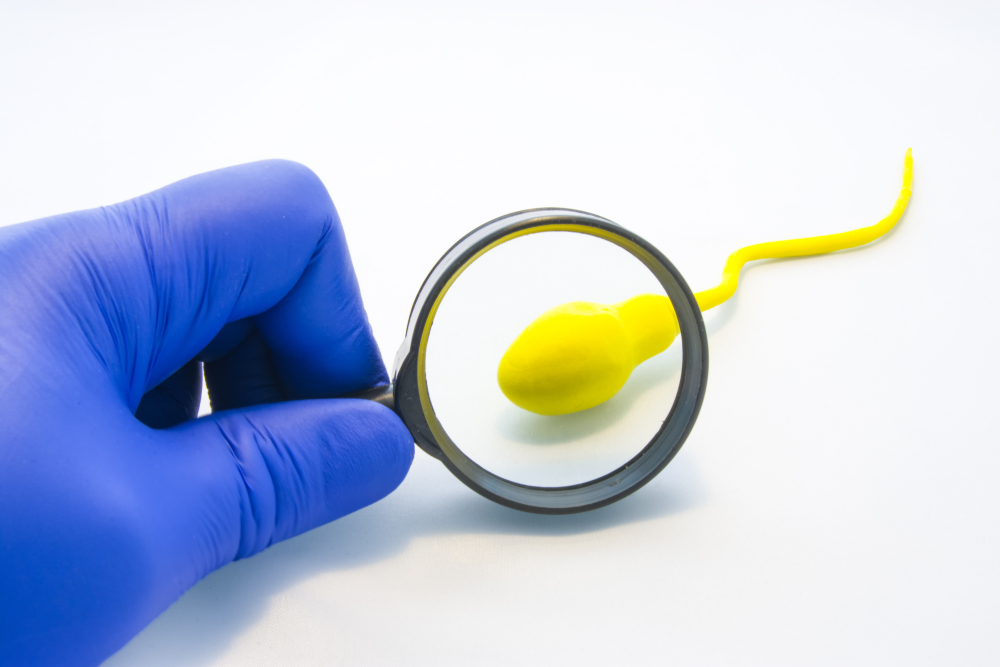Evaluating a Vasectomy Reversal vs. IVF with ICSI: How to Choose the Appropriate Treatment

Every year, an estimated 500,000 men undergo a vasectomy for long-term sterilization. If a couple hopes to conceive but the male partner has already had a vasectomy, a vasectomy reversal offers a way to restore fertility, giving these patients a way to expand their families. Due to advances in microsurgical techniques, this procedure has a high success rate in reversing sterilization and allowing couples to achieve pregnancy.
During a vasectomy, the sperm duct, or vas deferens, is transected, thereby preventing sperm from entering the ejaculate. A vasectomy reversal, or vasovasostomy, is a delicate procedure which involves reconstructing the vas deferens. The procedure usually takes between 2-4 hours to perform and should only be attempted by a highly-skilled urological surgeon with expertise in microsurgery. Success of the surgery depends on several factors, including the training of the surgeon performing the procedure and the elapsed time since the vasectomy was performed. In cases where previous damage or a blockage has occurred, a vasoepididymostomy – connecting the vas deferens directly to the epididymis – is performed. Both of these procedures have proven to be highly successful in reversing sterilization and helping couples initiate a pregnancy.
It can take several months after a vasectomy reversal before a couple achieves a positive pregnancy result through natural conception, even if sperm starts presenting in the ejaculate shortly after the procedure. However, achieving a pregnancy depends not only on the success of the vasovasostomy but also on the partner’s fertility. A vasectomy reversal only addresses fertility of the male partner, and so the female partner may have contributing issues that need to be addressed. Therefore, in some cases, an IVF cycle with ICSI (Intracytoplasmic Sperm Injection)in which sperm is acquired through a testicular biopsy or TESE (Testicular Sperm Extraction) is the preferred course of treatment. For a couple that presents with both a male and a female factor infertility, an IVF/ICSI cycle along with a TESE procedure may be the better choice, for medical and financial reasons. Sperm can also be frozen at the time of a vasectomy reversal so if a couple wants to proceed with IVF/TESE, a second procedure is not needed.
One of the benefits of a vasectomy reversal is that it does not require any treatment of the female partner, considering she is relatively young and has no issues with infertility. It also allows a man to have more than one child following the procedure whereas IVF ideally produces one child per cycle. For a man who hopes to have more than one child in the future, or has a partner with whom he will be able to conceive naturally, a vasectomy reversal may be the more cost-effective option.
It is important that every couple trying to conceive address both the male and female side of fertility. For a man who has undergone a vasectomy, a consultation with a highly-trained urological surgeon who specializes in vasectomy reversal is the first step toward restoring fertility. The decision to have another child after a vasectomy is a life-changing moment and all treatment options should be carefully evaluated with your partner and doctor.
